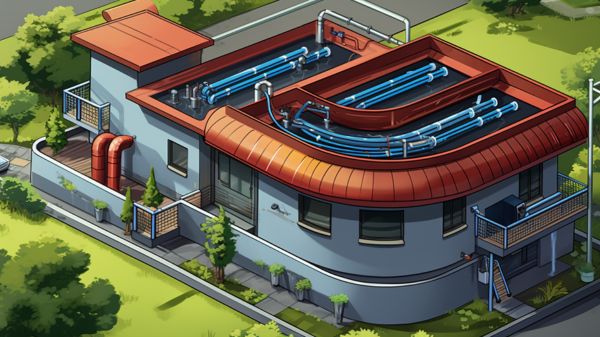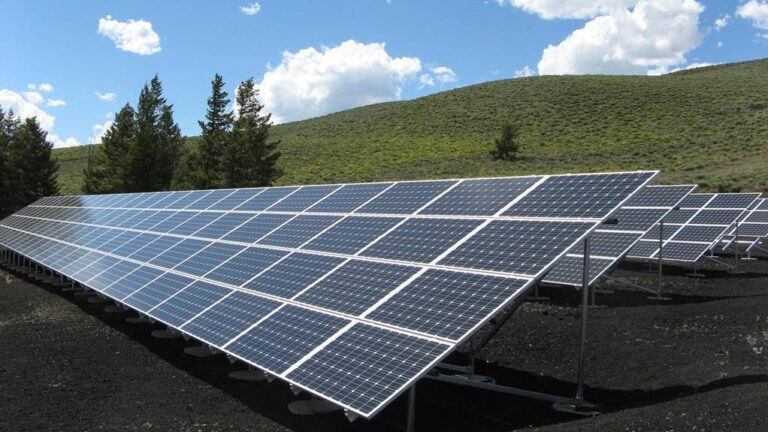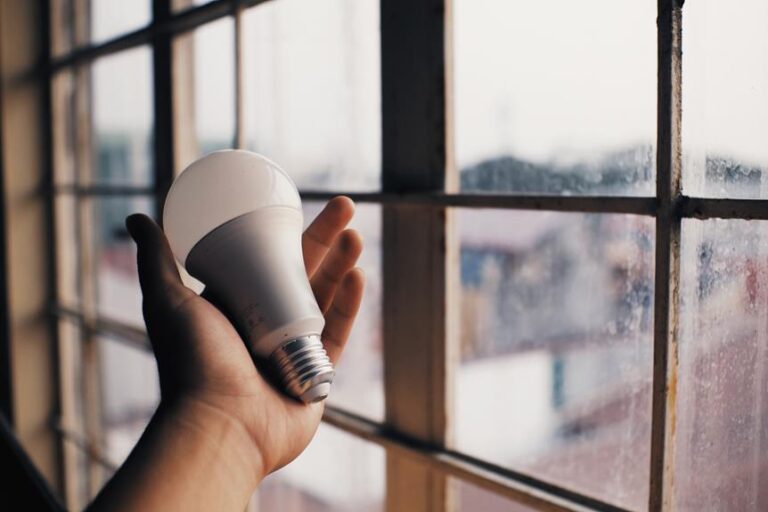Breaking Down the Costs of Residential Rainwater Harvesting
At the heart of sustainable living lies the desire to make a positive impact on our environment. That’s why we, as a collective, have been exploring innovative solutions, such as residential rainwater harvesting.
In this article, we delve into the costs associated with this eco-friendly practice. From initial setup to equipment expenses, maintenance fees, and water conservation savings, we provide a data-driven analysis to help you understand the potential return on investment.
Join us as we break down the numbers and empower ourselves to make informed choices for a greener future.
Initial Setup Costs
We found that the initial setup costs for residential rainwater harvesting can vary significantly depending on the size and complexity of the system. When considering the cost-saving strategies and government incentives available, homeowners can further minimize their expenses.
The size of the rainwater harvesting system plays a crucial role in determining the initial setup costs. Smaller systems that collect water for outdoor use, such as gardening or irrigation, tend to be more affordable. On the other hand, larger systems that provide water for indoor use, such as toilets and laundry, require more complex infrastructure and may incur higher costs.
Additionally, the complexity of the system, including the number of collection points, filtration systems, and storage capacity, can also impact the overall expenses. Homeowners can explore various cost-saving strategies, such as DIY installation or opting for simpler designs, to reduce the initial setup costs.
Furthermore, government incentives, such as tax credits or rebates, can help alleviate the financial burden of implementing a rainwater harvesting system. By taking advantage of these incentives and implementing cost-saving strategies, homeowners can make residential rainwater harvesting more accessible and affordable.
Equipment and Installation Expenses
To continue our exploration of the costs of residential rainwater harvesting, let’s delve into the equipment and installation expenses involved in setting up a rainwater harvesting system for your home.
The installation process of a rainwater harvesting system typically requires professional help. Here are the equipment and installation expenses you can expect:
Equipment Selection:
- Rainwater Storage Tank: The cost of the tank depends on the size and material, ranging from $500 to $5,000.
- Gutters and Downspouts: Installing gutters and downspouts can cost around $1,000 to $3,000.
Installation Process:
- Labor Costs: Hiring professionals to install the system can range from $2,000 to $5,000, depending on the complexity and size of the project.
- Permits and Inspections: Obtaining necessary permits and scheduling inspections can add an additional $200 to $500 to the overall expenses.
Maintenance and Repair Fees
When it comes to residential rainwater harvesting, it’s important to consider the ongoing expenses associated with maintenance and repair fees. Proper maintenance is crucial to ensure the system functions efficiently and effectively. Regular maintenance includes cleaning filters, checking for leaks, and inspecting the overall condition of the system.
These maintenance costs can vary depending on the size and complexity of the system, as well as the frequency of required maintenance. Additionally, repair services may be needed if any components of the system become damaged or malfunction. It’s advisable to budget for these expenses in order to keep the rainwater harvesting system in optimal working condition.
Water Usage and Conservation Savings
Our water usage and conservation savings can significantly increase with the implementation of a residential rainwater harvesting system. By utilizing rainwater for various household purposes, we can reduce our reliance on municipal water sources and conserve this valuable resource.
Here are some key benefits of residential rainwater harvesting:
Decreased water consumption:
- Using harvested rainwater for activities like watering plants, washing cars, and flushing toilets can significantly reduce our overall water usage.
- Implementing water conservation strategies, such as installing low-flow fixtures and practicing efficient irrigation techniques, can further enhance our water savings.
Environmental impact assessment:
- Rainwater harvesting helps to minimize the strain on local water supplies, reducing the need for large-scale water extraction from rivers and aquifers.
- By conserving water, we also contribute to the preservation of aquatic ecosystems and protect against potential water shortages in times of drought.
Implementing a residential rainwater harvesting system can’t only lead to significant water conservation but also positively impact the environment.
Return on Investment (Roi) Analysis
By calculating the return on investment (ROI), we can determine the financial benefits of implementing a residential rainwater harvesting system. ROI calculation involves comparing the cost of installation and maintenance of the system with the savings generated over time. While the initial investment may seem significant, the long-term benefits of rainwater harvesting can outweigh the costs.
The ROI analysis takes into account factors such as water savings, reduced utility bills, and potential rebates or incentives. Additionally, the system’s lifespan and maintenance costs are considered to assess the overall return on investment.
Research shows that residential rainwater harvesting systems can provide a substantial ROI. A study conducted in California found that homeowners who installed rainwater harvesting systems experienced an average ROI of 20% over a 20-year period.
Conclusion
Residential rainwater harvesting may seem like a cost-effective solution for conserving water and reducing reliance on the municipal water supply. However, the irony lies in the fact that while the initial setup costs and maintenance fees may seem affordable, the actual return on investment may not always justify the expenses.
It’s crucial to carefully analyze the data and weigh the long-term benefits against the upfront costs before making a decision.





